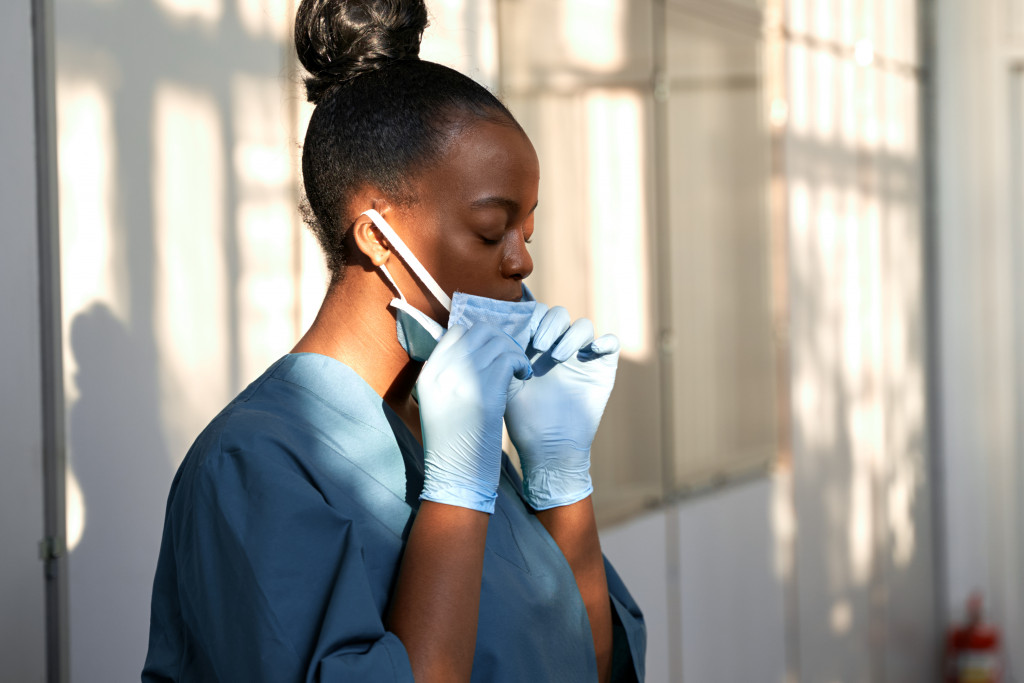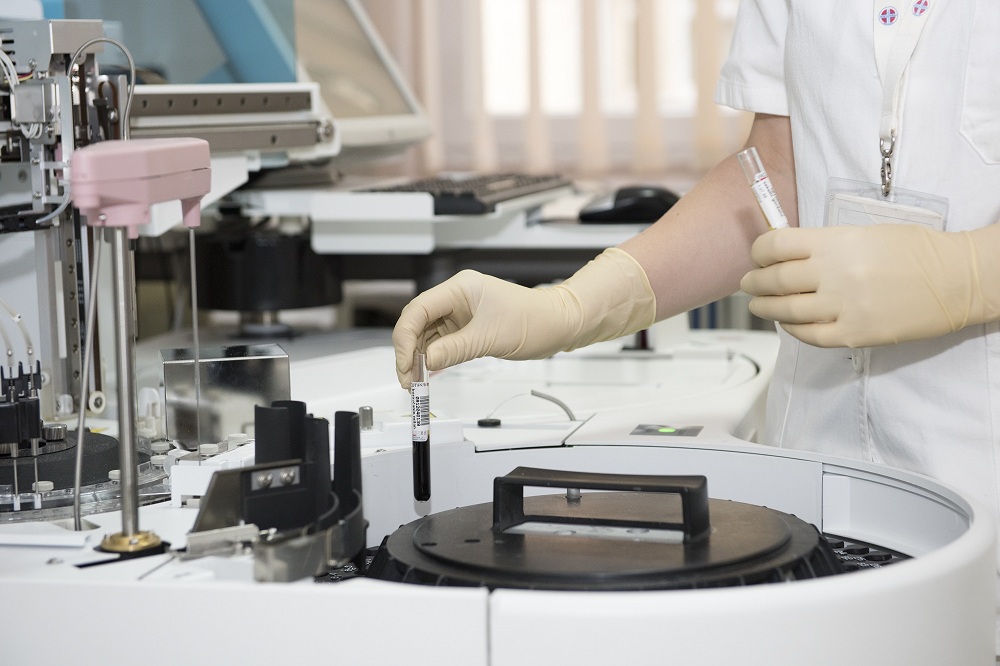- Hygiene and cleanliness are essential for medical facilities to provide quality healthcare services.
- Poor hygiene practices can lead to various health risks, such as the spread of infectious diseases.
- Disinfect frequently touched surfaces with hospital-grade disinfectants.
- Place sanitizing stations throughout the facility to encourage regular handwashing.
- Use ultraviolet light to kill bacteria and other pathogens on surfaces.
Maintaining a clean and hygienic environment in medical facilities is paramount to providing quality healthcare services. Medical facilities are where people go to get better, and it is more important than ever to ensure that every aspect of their experience is safe, clean, and sanitary. Cleanliness is a significant issue in medical facilities, and it is essential to understand how it can impact both patients and employees.
A clean environment can influence the morale and well-being of healthcare professionals, patients, and visitors while reducing the spread of bacteria and germs. Here are five tips on improving medical facilities’ hygiene and cleanliness to ensure everyone stays safe and healthy.
The Importance of Hygiene
Maintaining proper hygiene in medical places is crucial for preventing the spread of infectious diseases. Medical facilities see many patients who may be carrying contagious illnesses. Ensuring that appropriate sanitation techniques are followed can help prevent the spread of these diseases and keep patients and staff alike safe.
In addition, proper hygiene practices can also help promote healing and recovery for patients. Clean and organized medical facilities create a more welcoming environment and provide patients with the peace of mind that they receive quality care.
Common Health Risks of Poor Hygiene

Some places may not be up to par with their hygiene practices, which can lead to a multitude of health risks for both patients and staff. Poor hand hygiene, unclean equipment, and unsanitary conditions can all create a breeding ground for harmful bacteria and viruses. Infections such as MRSA, diarrhea, and pneumonia are potential hazards that can arise from inadequate hygiene.
Tips for Maintaining Cleanliness
Cleanliness is paramount in medical facilities, and setting up protocols and procedures is essential to ensure everyone follows proper hygiene practices. Here are some tips for providing your facility remains clean and sanitary:
Disinfect frequently touched surfaces
With dozens of individuals coming and going from the facility, it is crucial to disinfect high-traffic and frequently touched surfaces such as doorknobs, chairs, and counters. The best way to approach these surfaces is by using hospital-grade disinfectants to clean them.
Periodically clean all the furniture, cabinets, BSC, and lab equipment to ensure they are germ-free. These practices can help drastically reduce the spread of germs in the facility.
Place sanitizing stations throughout the facility
Hand hygiene is one of the most critical steps in preventing the spread of germs and bacteria. Sanitization stations in various facility parts can encourage patients, visitors, and staff to practice hand hygiene regularly.
But why stop there? Hospitals, in particular, can benefit from taking sanitization to the next level with advanced hospital UV sterilizers. These powerful machines use ultraviolet light to kill bacteria, viruses, and other pathogens on surfaces and in the air.
Wear Personal Protective Equipment (PPE) Correctly
Personal protective equipment, such as gloves and masks, is essential to maintain hygiene and safety in medical facilities. However, it is equally important to wear them appropriately. Staff should be trained on the proper ways to wear PPE and informed about the need to change it regularly. PPEs should be appropriately disposed of at the end of each day to reduce the risk of contamination.
Schedule Deep Cleaning Regularly
Scheduling routine deep cleaning of all rooms and equipment in the facility can help maintain a high standard of hygiene. Ensure that the cleaning practices comply with the standards set by regulatory boards such as WHO to give patients peace of mind, knowing that the facility is following the best cleaning practices.
Train Staff Regularly
The healthcare team must comprehend the importance of maintaining good hygiene practices and be trained regularly. Regular training sessions should be held to update staff on cleaning techniques and to keep them informed of any changes or new policies. Also, this is the best way to reinforce disinfection and hygiene protocols that staff must follow.
The Bottom Line
The current Covid-19 pandemic has emphasized the need to maintain high hygiene standards in medical facilities. Improper cleaning and disinfection practices can be dangerous for patients and staff. Following these five tips to improve medical facilities’ cleanliness and hygiene can help ensure a safer, healthier environment for all.
A clean facility creates a conducive environment for healing and goes a long way in building trust between Patients and the Facility. Thus, making a positive impact on its reputation.




